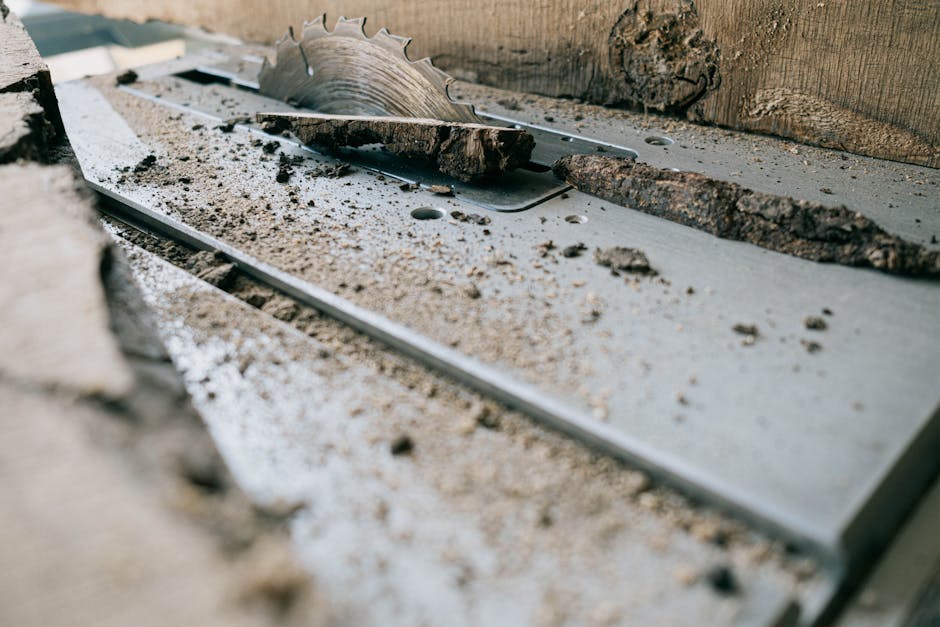If you're navigating the world of woodworking, the choice between a table saw and a circular saw can seem daunting. Both tools offer unique benefits and serve different purposes. It's crucial to understand their functionalities, pros, cons, and applications to make an informed decision.

A table saw is a stationary tool with a blade mounted beneath a tabletop, ideal for making long and precise cuts. It uses a rip fence to guide the material being cut, making it particularly adept at rip cuts, among other types.

| Aspect | Specification |
|---|---|
| Rip Capacity | Generally around 24 inches |
| Depth of Cut | Usually 3 to 4 inches |

A circular saw is a portable power tool with an exposed blade positioned above a base plate. It's suitable for various materials, including wood and concrete. The user must guide the saw along the cut line, allowing for both straight and specialized cuts.
| Criteria | Table Saw | Circular Saw |
|---|---|---|
| Portability | Less portable, often stationary | Highly portable |
| Ease of Use | Generally easier for consistent cuts | Requires more skill |
| Versatility | Limited to specific wood cuts | More versatile, cuts various materials |
| Accuracy | Higher precision in cuts | Less precise without guides |
| Cost | Generally more expensive | More budget-friendly |
Choosing between a table saw and a circular saw depends largely on your specific needs and projects. Consider the type of cuts you'll make, the materials you use, and whether you need the tool to be portable. By weighing these factors, you can determine which saw fits best in your woodworking arsenal.
An essential component to consider for your circular saw needs is the Bosch 2609256806 150mm Standard Circular Saw Blade. This durable and precise option is an excellent addition to your toolkit.

Immerse yourself in architecture’s most boundary-pushing ideas—where innovative home improvements meet visionary urban developments. Discover new building techniques, materials, and creative concepts that are redefining how we shape our spaces on a global scale.